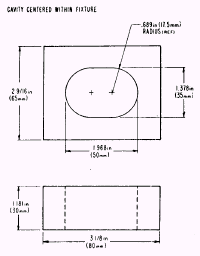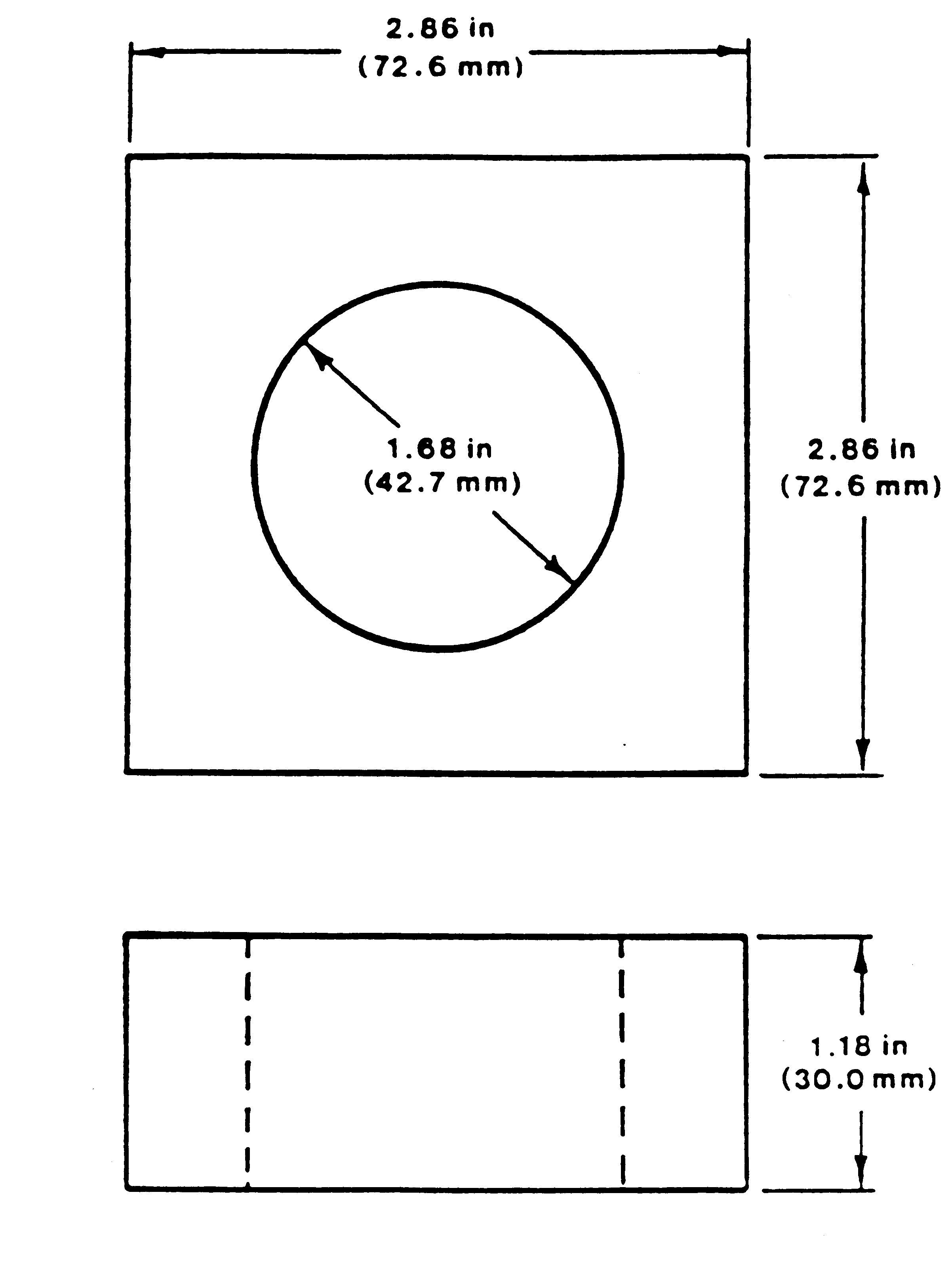Federal law requires that rattles comply with the rattle regulation and with additional requirements, including those of the Consumer Product Safety Improvement Act of 2008 (CPSIA).
Manufacturers and importers of rattles must certify in a Children's Product Certificate that the rattles comply with the rattle regulation and the additional requirements after the rattles have been tested for compliance at a CPSC-accepted, third party laboratory. These requirements are discussed below at www.cpsc.gov/BusinessEducation.
What is a rattle?
A rattle is an infant toy that is:
- intended to be handheld,
- usually contains pellets or other small objects, and
- makes noise when shaken.
Not all products that make noises similar to those made by rattles are rattles. Products like dolls, stuffed toys, crib mobiles and exercisers, plastic keys on chains, games and puzzles, and musical instruments, such as tambourines and maracas, are not rattles.
What is the purpose of the rattle regulation?
The rattle regulation aims to prevent infants from choking or suffocating on rattles. The rule requires that
- a rattle stay in one piece after certain tests, and
- a rattle be designed and constructed so that it cannot enter an infant's mouth and block his or her throat.
Where can I find the requirements for rattles?
The regulation is published in the Code of Federation Regulations at 16 CFR Part 1510.
How do you test a rattle to make sure it can't choke a child?
Place the rattle in the opening in the test fixture (in the position that makes the rattle most likely to go through the opening.)
If any part of the rattle goes all the way through the opening without being pushed or pulled, the rattle fails.

Figure 1 - Rattle Test Fixture
Repeat this test after you perform impact, torque, tension and compression testing (see 16 CFR §1500.51). These tests simulate the forces that a rattle may experience during normal use and abuse by children 0-18 months of age. If the rattle or any piece that comes off after this testing fits through the opening, the rattle fails.
Are there any other requirements for rattles?
Yes. Rattles may not have sharp points or edges. (See 16 CFR §1500.48 and 16 CFR §1500.49. Third party testing is not required for these requirements.)
What are the additional requirements for rattles required by the Consumer Product Safety Improvement Act of 2008?
Rattles are subject to surface coating requirements, lead and phthalate content limits, requirements under the mandatory toy standard (ASTM F963), testing and certification, and tracking label requirements. These requirements are discussed below and at www.cpsc.gov/BusinessEducation:
- Surface Coating Limit Rattles may not be painted with paint that contains more than 0.009 percent lead.
- Lead Content Limit Rattles cannot contain greater than 100 ppm (0.01 percent) of total lead content in any accessible component part.
- F963 Toy Standard Under ASTM F 963, neither the noisemaking part, nor the handle of a rattle, should end in a ball, half ball, or circular flare that may choke a child. If an end shaped like this goes all the way through the opening of the supplemental test fixture, the rattle may present a choking hazard.

Figure 2 - Rattle Supplemental Test Fixture
- Phthalate Content Limits Plasticized components of rattles must not contain more than 0.1 percent of the following eight specified phthalates: di-(2-ethylhexyl) phthalate (DEHP), dibutyl phthalate (DBP), or benzyl butyl phthalate (BBP), diisononyl phthalate (DINP), diisobutyl phthalate (DIBP), di-n-pentyl phthalate (DPENP), di-n-hexyl phthalate (DHEXP), and dicyclohexyl phthalate (DCHP).
- Testing and Certification Rattles, like all products that are designed or intended primarily intended for children 12 years of age or younger, must be tested by an accredited and CPSC-accepted, third party laboratory for compliance with the rattle regulation and all other applicable children's product safety rules. Based on that testing, a domestic manufacturer (or importer) of rattles must issue a Children's Product Certificate specifying each applicable rule and indicating that the product complies with those rules.
- Tracking Labels Rattles must have a tracking label or other distinguishing permanent mark affixed to the product and its packaging. The tracking label shall be a permanent distinguishing mark on the product and its packaging, to the extent practicable, and must contain certain basic information, including the source of the product, the date of manufacture, and cohort information such as a batch or run number.
Where can I find additional information?
For more information on the requirements for rattles, contact the U.S. Consumer Product Safety Commission:
- Office of Compliance (for specific enforcement inquires): e-mail: section15@cpsc.gov; telephone: (800) 638-2772
- Small Business Ombudsman (for general assistance understanding and complying with CPSC regulations): e-mail: Please use our Contact Form, which is the best way to get a fast response; telephone: (888) 531-9070.
To obtain copies of ASTM F963, contact ASTM International at: www.astm.org or via telephone: (610) 832-9585.
This communication has been prepared for general informational purposes only. This summary document does not, and is not intended to, constitute legal advice nor does it replace or supersede a manufacturer’s obligations to comply with all applicable laws, regulations, standards, or bans enforced by CPSC. This communication has not been reviewed or approved by the Commission, and does not necessarily represent their views. Any views expressed in this communication may be changed or superseded by the Commission.


